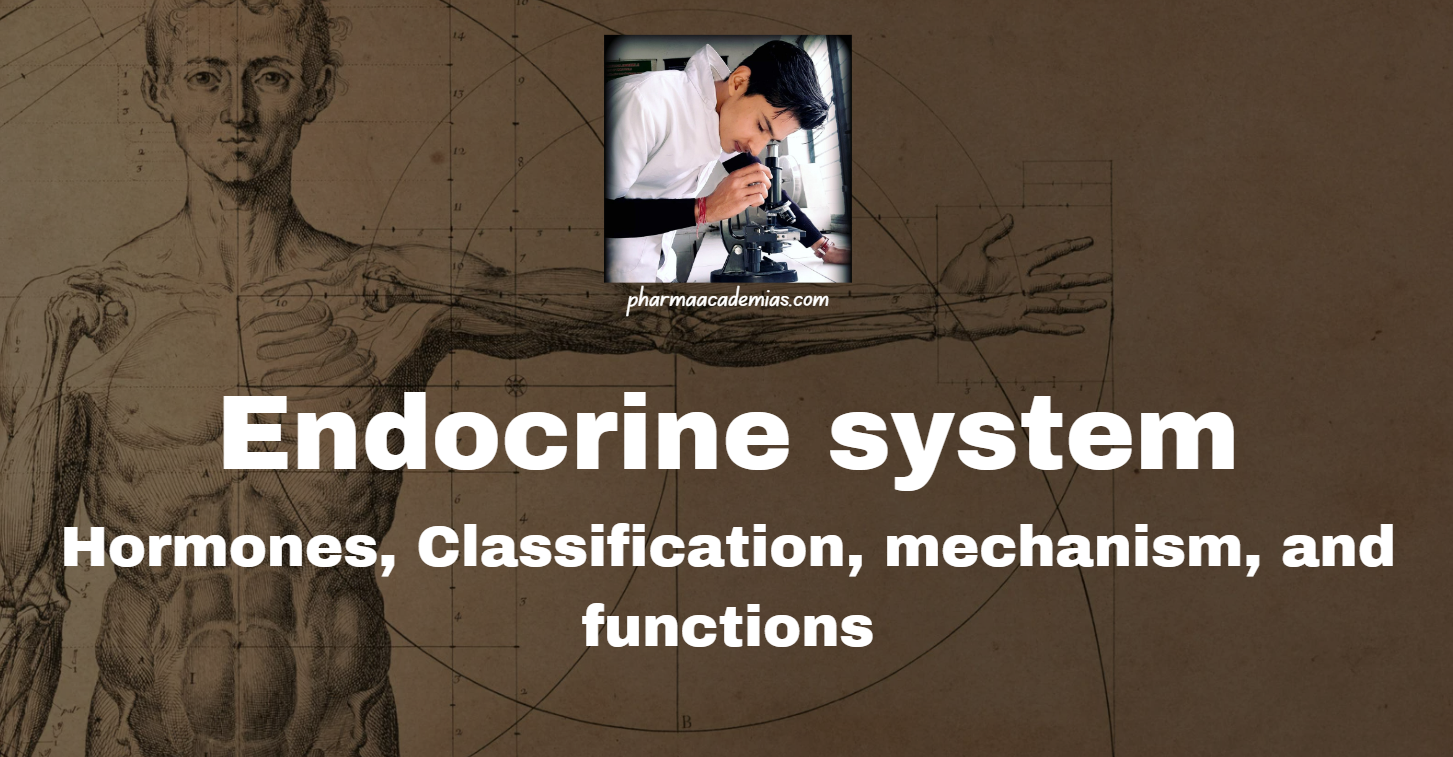Understanding the Thyroid Gland: Anatomy and Functions
Thyroid Gland: Definition, Structure, Functions, Disorders The thyroid gland is a butterfly-shaped endocrine gland located in the lower front part of the neck, below the Adam’s apple and along the front of the trachea. It plays a crucial role in regulating metabolism, growth, and development by producing hormones. Anatomy of the Thyroid Gland The thyroid … Read more




